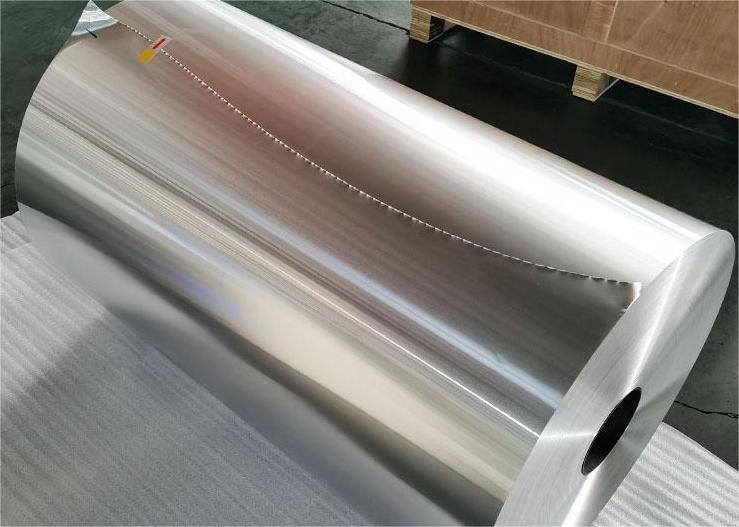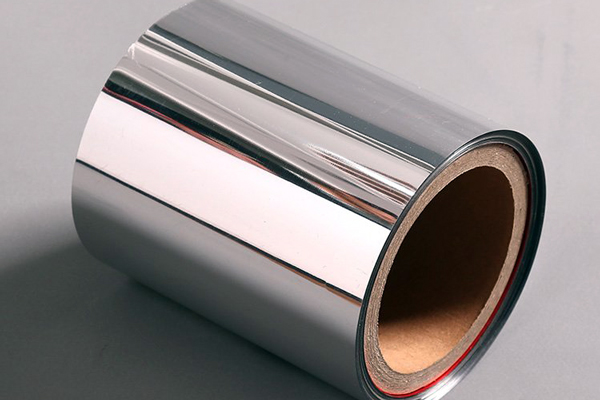Introduction
In the realm of materials and surface treatments, aluminum foil and aluminum coating are two commonly encountered terms. While they both involve aluminum, they serve distinct purposes and have unique characteristics. Understanding the differences between aluminum foil and aluminum coating is essential for various applications. This article aims to shed light on these disparities and highlight their respective uses.
Aluminum Foil
Aluminum foil, a versatile material, is a staple in kitchens worldwide. It is primarily composed of solid sheets of aluminum metal, distinguished by its shiny, metallic appearance and flexibility. Aluminum foil finds widespread use in food packaging, cooking, baking, and insulation due to its excellent heat resistance and malleability. Its thickness varies depending on the intended application, but it generally offers a substantial feel and can be easily crumpled or folded.

Aluminum Coating
Aluminum coating, on the other hand, refers to a layer of aluminum applied onto the surface of another material. This can include processes such as aluminum plating, spraying, or laminating aluminum onto a substrate material. Unlike aluminum foil, which is a standalone product, aluminum coating serves as a surface treatment or finishing layer. It may have a metallic appearance, but it is often thinner and less flexible than aluminum foil. Aluminum coating is utilized to provide properties such as corrosion resistance, conductivity, or aesthetics to various products and surfaces. It can be found on appliances, automotive parts, architectural materials, and more.

Distinguishing Characteristics
Several characteristics can help distinguish between aluminum foil and aluminum coating:
1. Texture and Flexibility: Aluminum foil is thicker and more flexible, while aluminum coating tends to be thinner and smoother.
2. Appearance: Aluminum foil has a shiny, metallic appearance, whereas aluminum coating may appear as a thin layer on another material’s surface.
3. Purpose and Usage: Aluminum foil is primarily used for wrapping, cooking, and insulation, while aluminum coating serves as a surface treatment or finishing layer for various products.
4. Thickness: Aluminum foil is generally thicker than aluminum coating.
5. Composition: Aluminum foil is made entirely of aluminum metal, while aluminum coating involves applying aluminum onto another material.
Conclusion
In summary, while aluminum foil and aluminum coating both involve aluminum, they serve distinct purposes and possess unique characteristics. Aluminum foil is a standalone product used for wrapping, cooking, and insulation, while aluminum coating is applied to other materials to provide properties such as corrosion resistance or aesthetics. Understanding the differences between aluminum foil and aluminum coating is crucial for selecting the appropriate material for specific applications and achieving desired outcomes.


